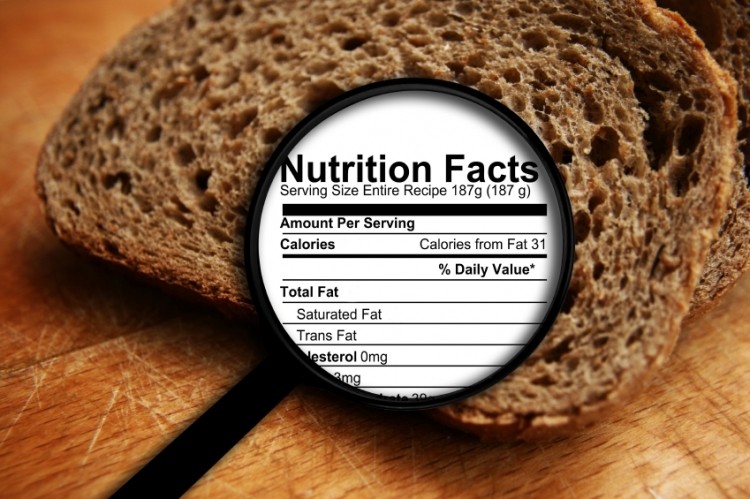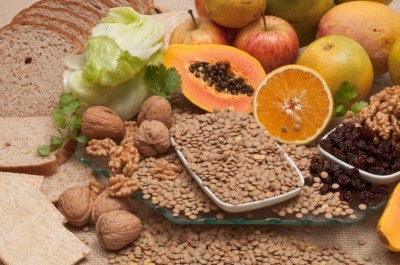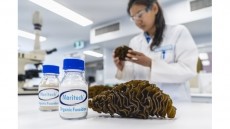Fibre augmentation: Are food labels missing an ‘F’ word?

Dr Charlotte Evans, lecturer at the University of Leeds School of Food and Nutrition, spoke at the Nutrition Society’s Winter Conference in London this week (December 5th) and argued that fibre needs to take centre stage ahead of total fat as people struggle to follow fat, sugar and fibre guidance all at once.
She informed delegates that sugar and fat are currently taking rank in the list of diet concerns.
“I’m very rarely asked to speak on the subject of fibre so I thought I’d do some Google Analytics on the number of searches of the term fibre, compared to sugar. Sugar beat fibre seven-fold. I didn’t think this was too bad until I realised a lot of the searches for fibre were in relation to fiber-optics!
“It’s time we had a campaign for fibre augmentation and get people eating more of this essential food group that has been proven to be beneficial to our health in many ways.
“When people think of fibre they tend to think of constipation and nothing much else very interesting. This is a really bad thing as the potential benefits of fibre are huge.”
She added that studies have shown fibre can lower risk of a number of diseases including cardio-vascular disease and type 2 diabetes.
She pointed out that, throughout Europe, the average recommended daily intake of fibre is at least 30g, which requires us to eat eight to ten high fibre foods per day which can be quite difficult to do.
Evans points out that some parts of Europe are very good at reaching their recommended dose but those lagging behind might need a helping hand from a change in labelling laws.
“People tend to only be able to concentrate on two pieces of diet advice at one time and fibre has been pushed out of the running by fat and sugar,” she added.
She argued it would be easier for consumers to follow recommendations if fibre quantities were included on the front of packs along with sugar, fat, saturated fat, calories and salt.
She concluded with food for thought: “There’s an important ‘F’ word missing on the front of pack. Could we take out total fat and replace it with fibre?”
The next food group fashion?
Delegates of Health Ingredients Europe in Frankfurt last week (November 27th) heard that fibre is set to be the next big thing in sports nutrition.
Irene Kersbergen, market analyst for Innova Market Insight, provided a presentation informing that consumers are becoming more aware of the importance of fibre and, as such, there has been a 55% growth in instances of fibre being added to sports nutrition products in the last five years.
"We've seen a lot of sports nutrition bars now being launched with 'more fibre' or 'added fibre'."
The survey found, of the consumers who had increased their fibre intake, 64% had done so to improve their digestive health, while 24% had done it to help with weight management and 16% had done so to increase their energy.
Fibre start-ups
Swedish start-up Carbiotix launched last year with the aim to help consumers fill their 'fibre gap'.
More recently, Polish start-up Pure Grain Bread won praise and investment on TV's Dragon's Den. Dragon Deborah Meaden said the products was 'bang on trend' thanks to its high fibre health profile.












